Studying multiplication right after counting, addition, and subtraction is ideal. Young children find out arithmetic using a all-natural progression. This advancement of discovering arithmetic is often the adhering to: counting, addition, subtraction, multiplication, and lastly department. This declaration brings about the question why understand arithmetic within this pattern? Furthermore, why find out multiplication soon after counting, addition, and subtraction just before department?
The subsequent facts respond to these inquiries:
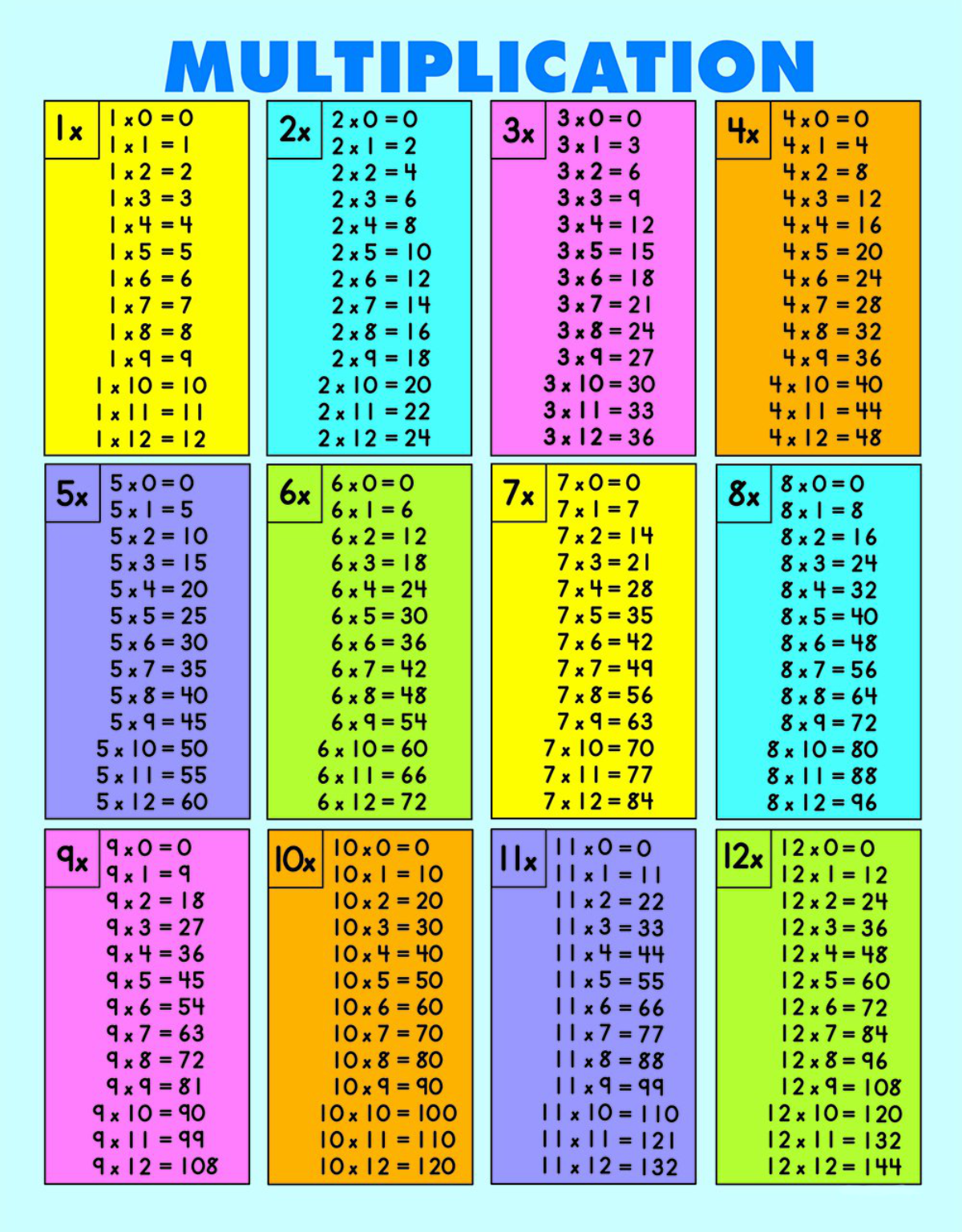
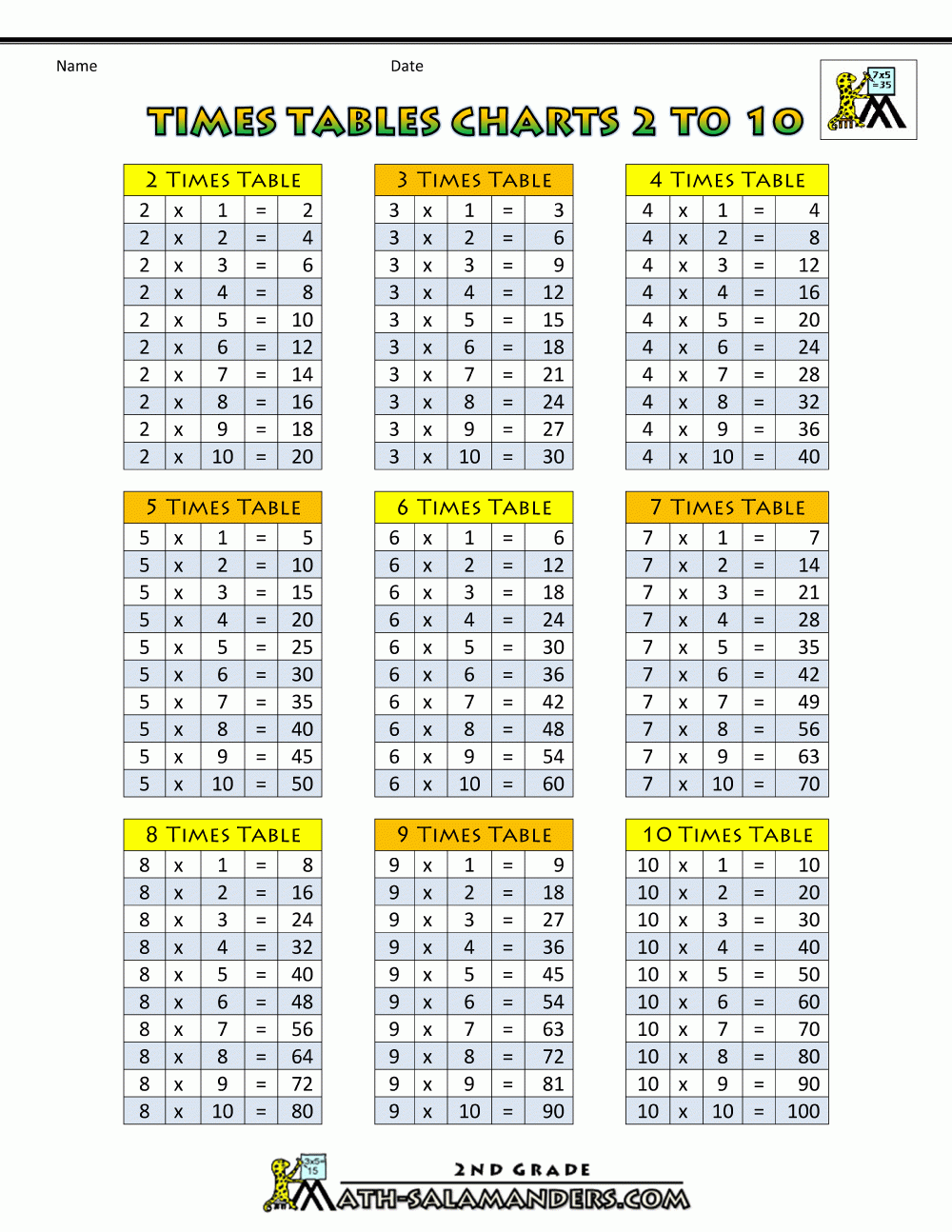
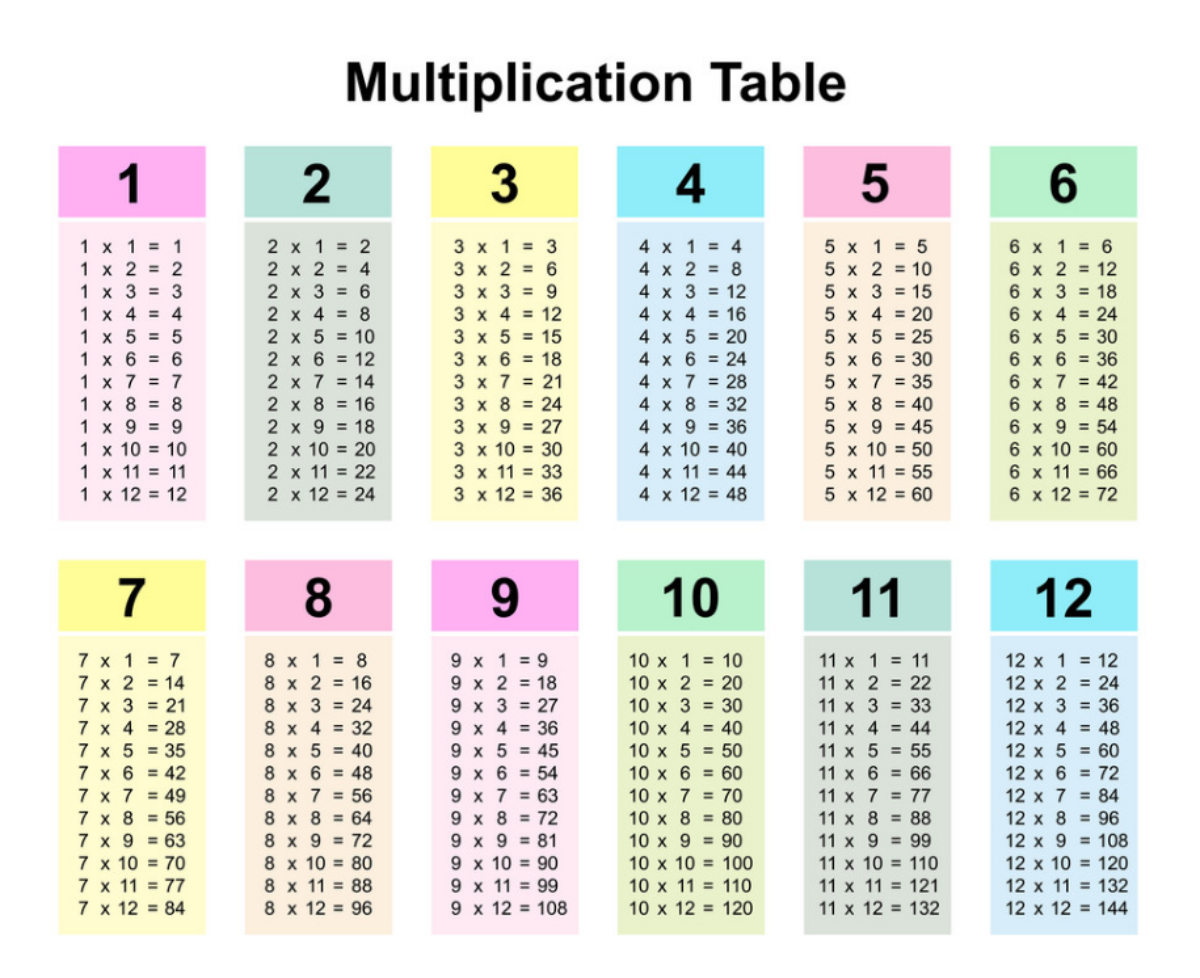
- Young children discover counting very first by associating aesthetic physical objects because of their hands. A concrete example: How many apples exist in the basket? More abstract case in point is just how aged are you currently?
- From counting numbers, the subsequent plausible step is addition then subtraction. Addition and subtraction tables are often very beneficial training tools for children since they are visible instruments creating the cross over from counting less difficult.
- Which should be figured out up coming, multiplication or section? Multiplication is shorthand for addition. At this moment, kids have got a business grasp of addition. Therefore, multiplication will be the up coming logical kind of arithmetic to discover.
Review basics of multiplication. Also, assess the basics how to use a multiplication table.
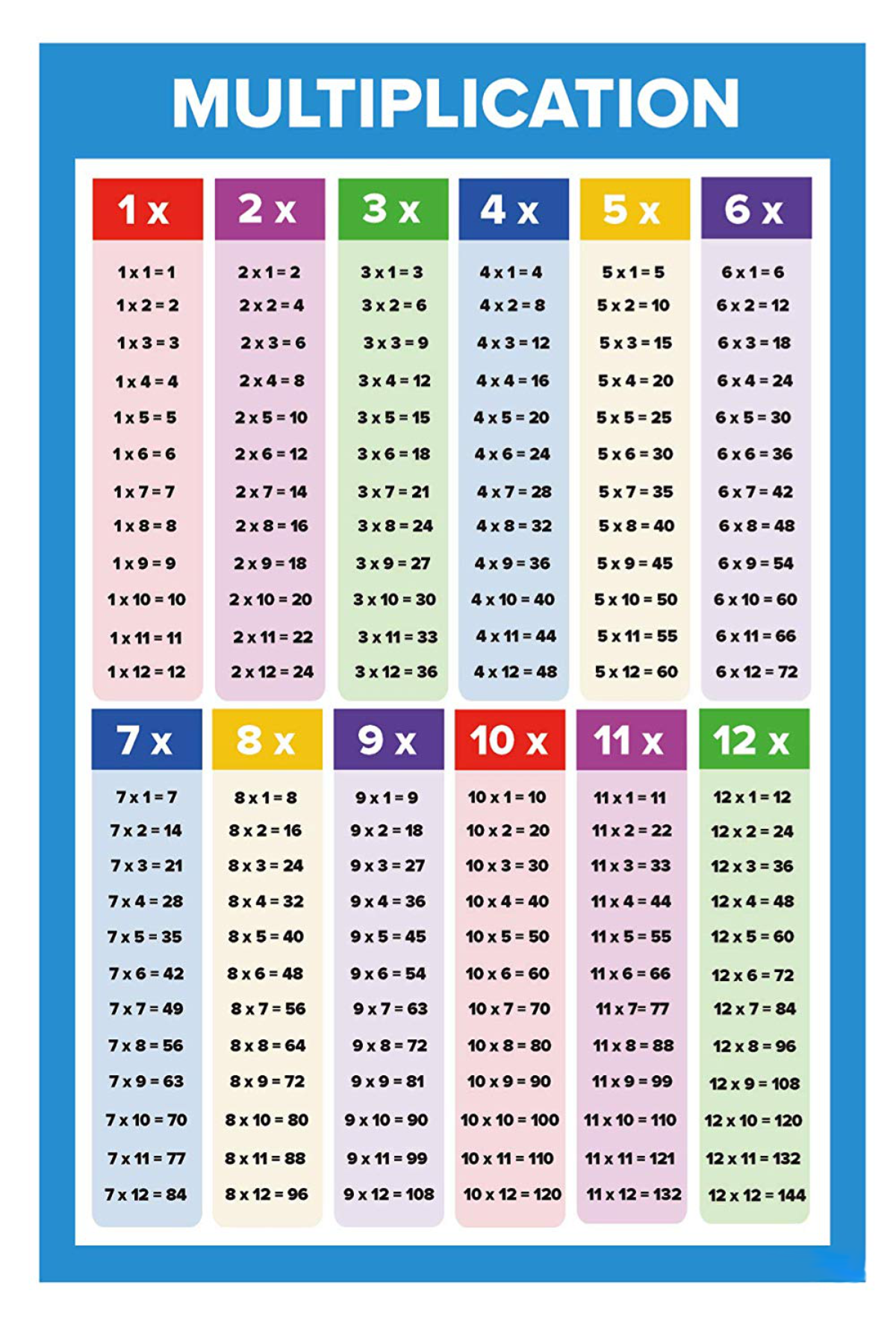
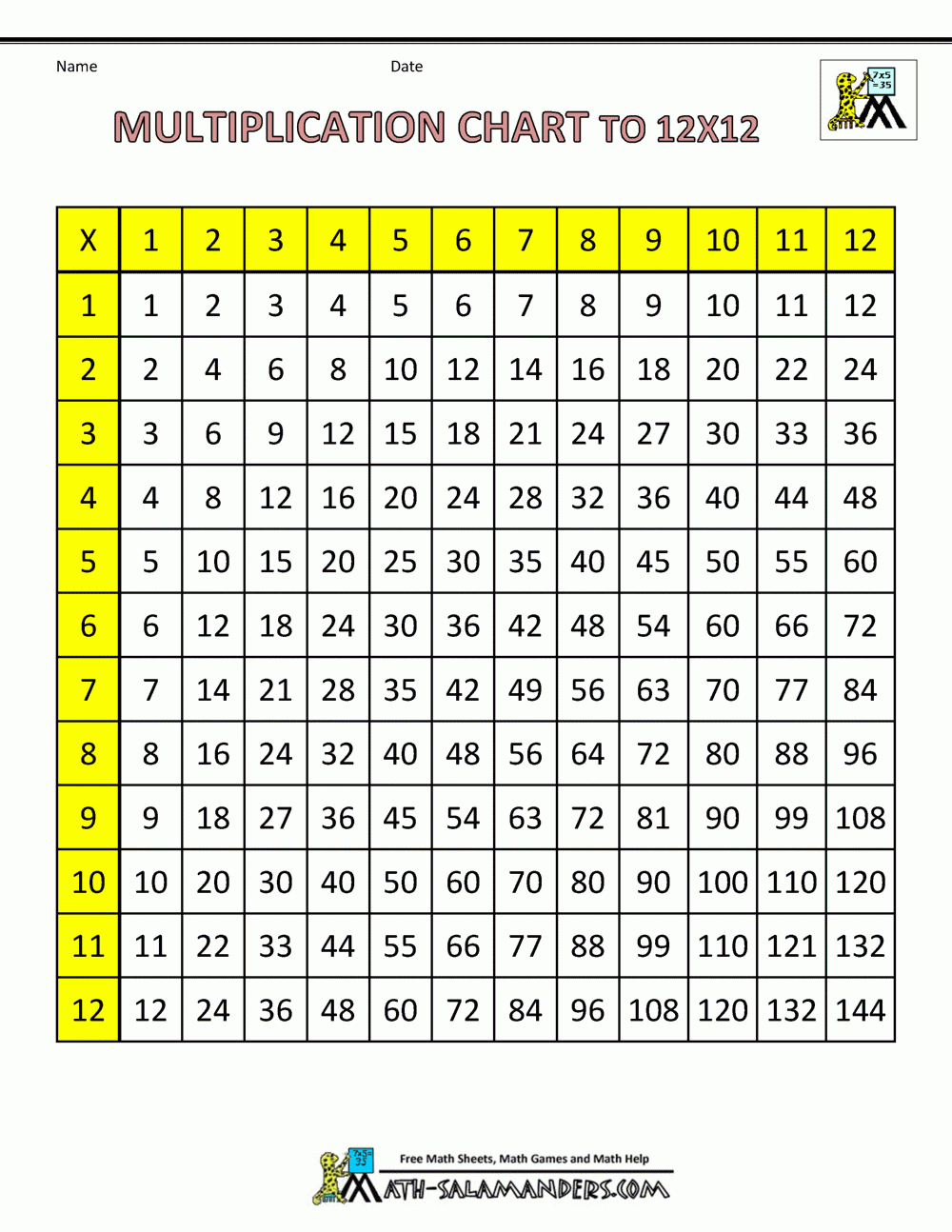
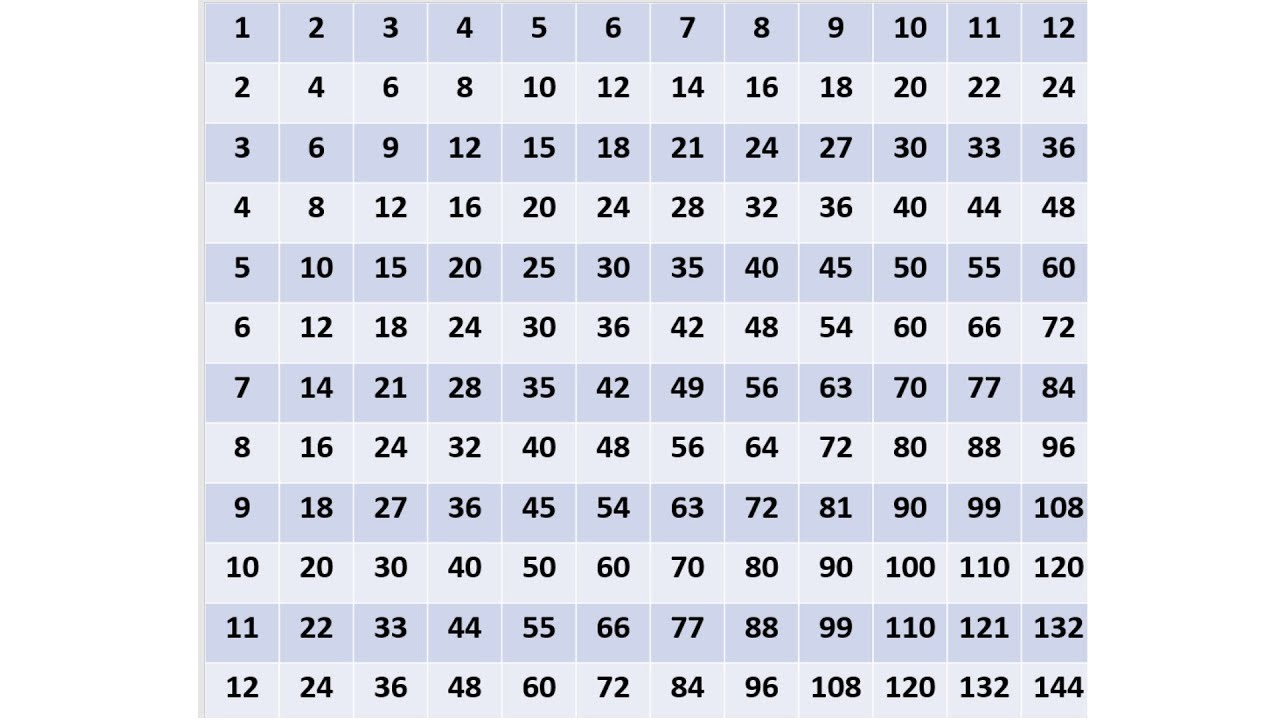
We will overview a multiplication example. Utilizing a Multiplication Table, multiply 4 times 3 and acquire a solution twelve: 4 by 3 = 12. The intersection of row a few and line a number of of any Multiplication Table is 12; twelve is the answer. For youngsters beginning to discover multiplication, this can be straightforward. They can use addition to eliminate the problem therefore affirming that multiplication is shorthand for addition. Case in point: 4 by 3 = 4 4 4 = 12. It is really an exceptional guide to the Multiplication Table. The additional advantage, the Multiplication Table is visible and mirrors returning to studying addition.
In which can we get started discovering multiplication utilizing the Multiplication Table?
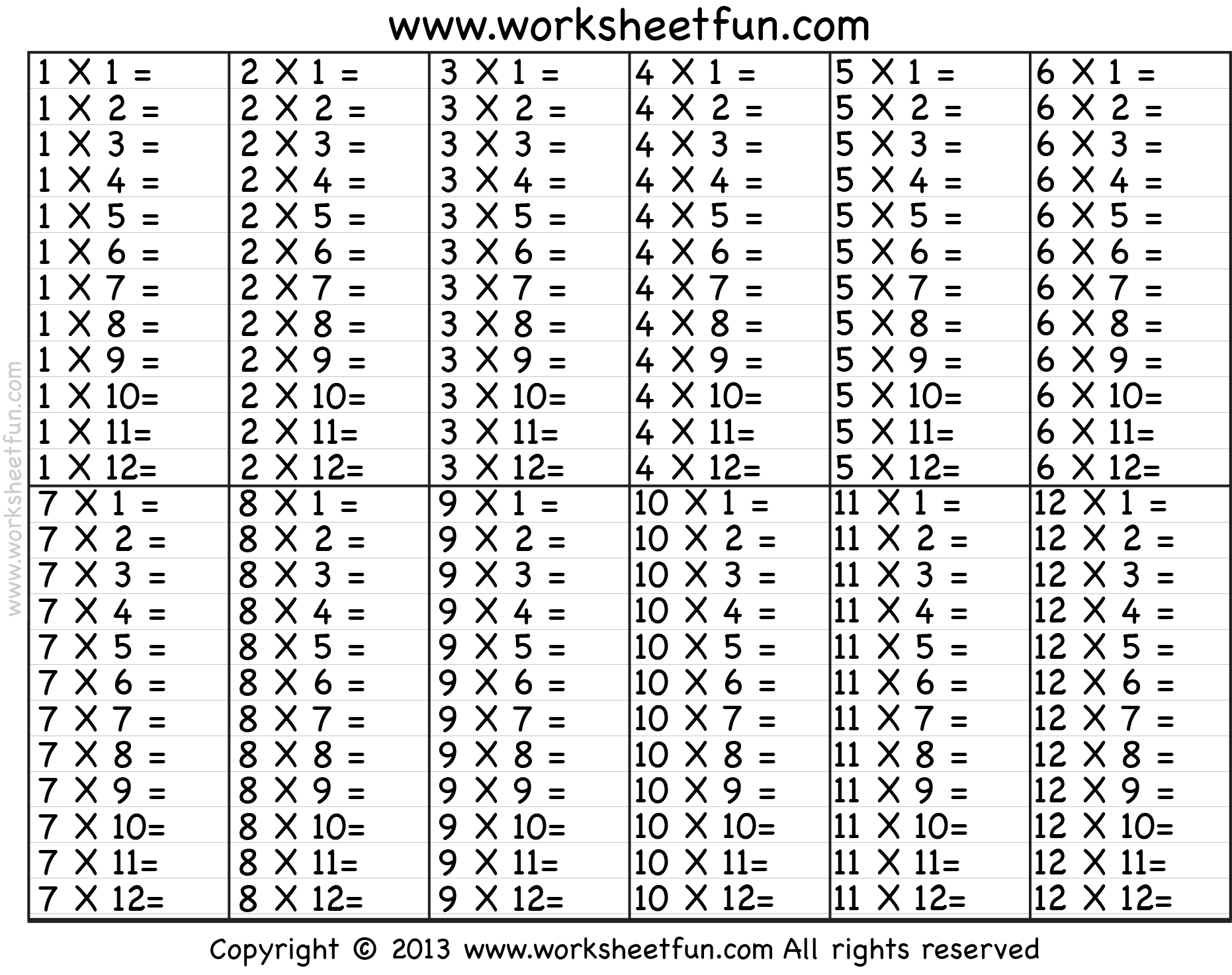
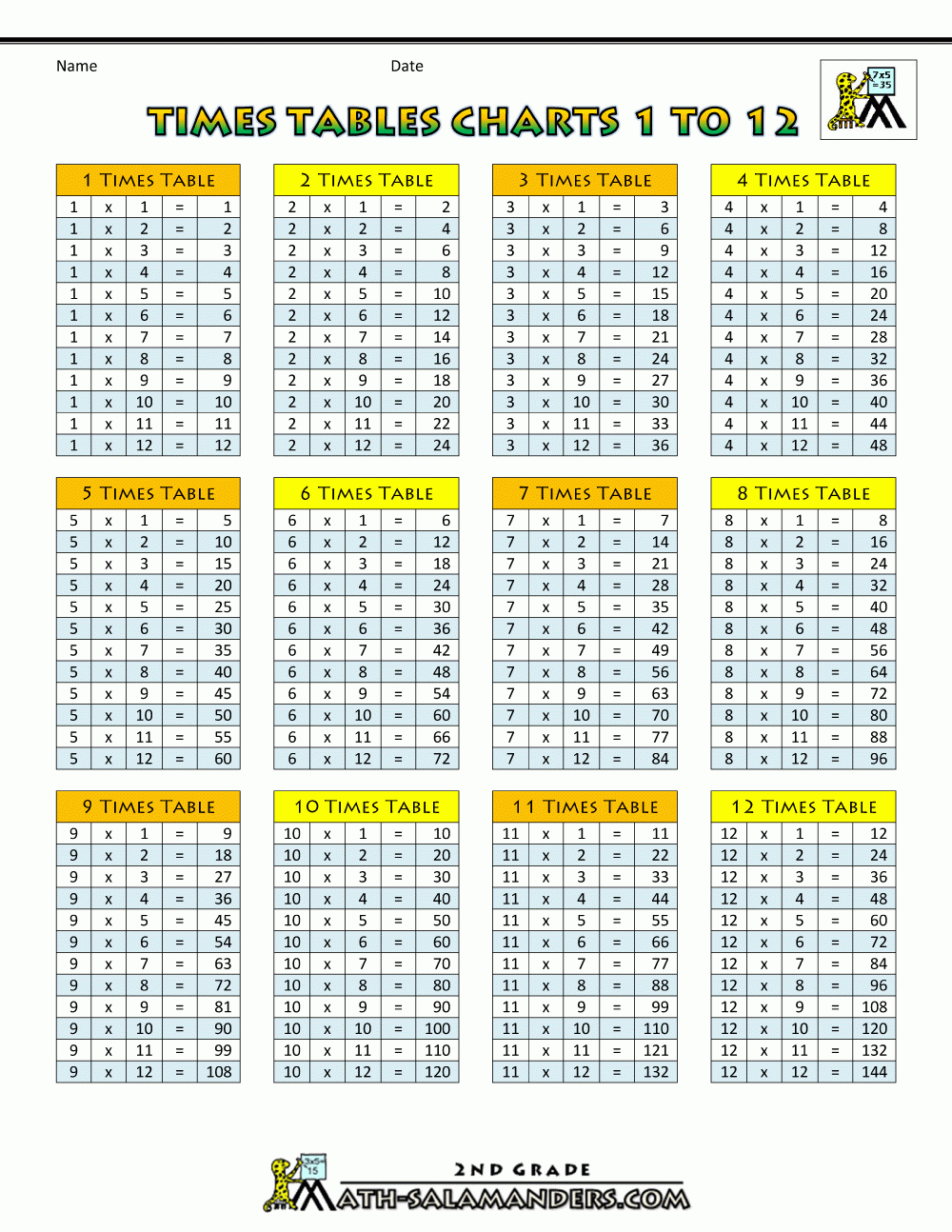
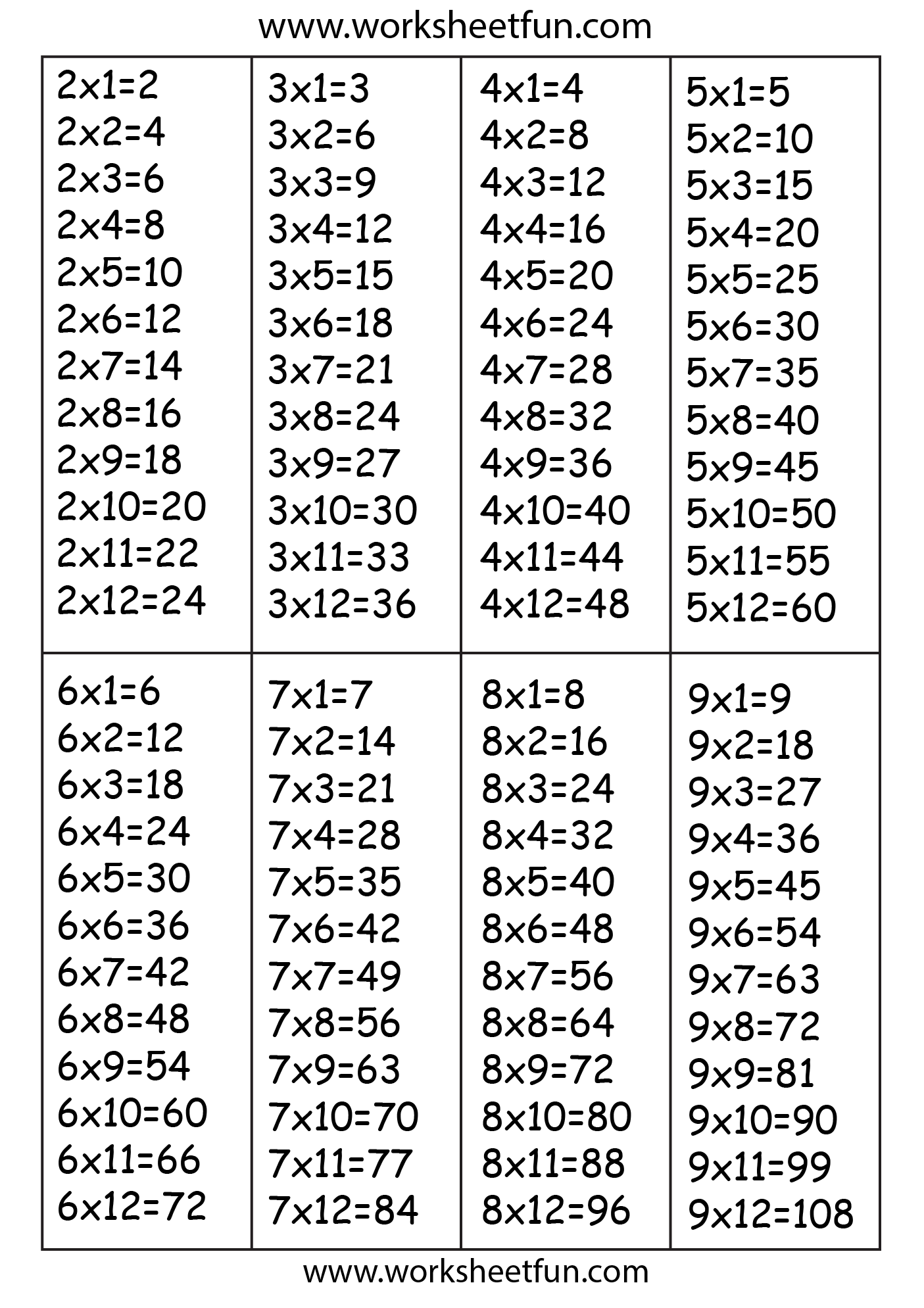
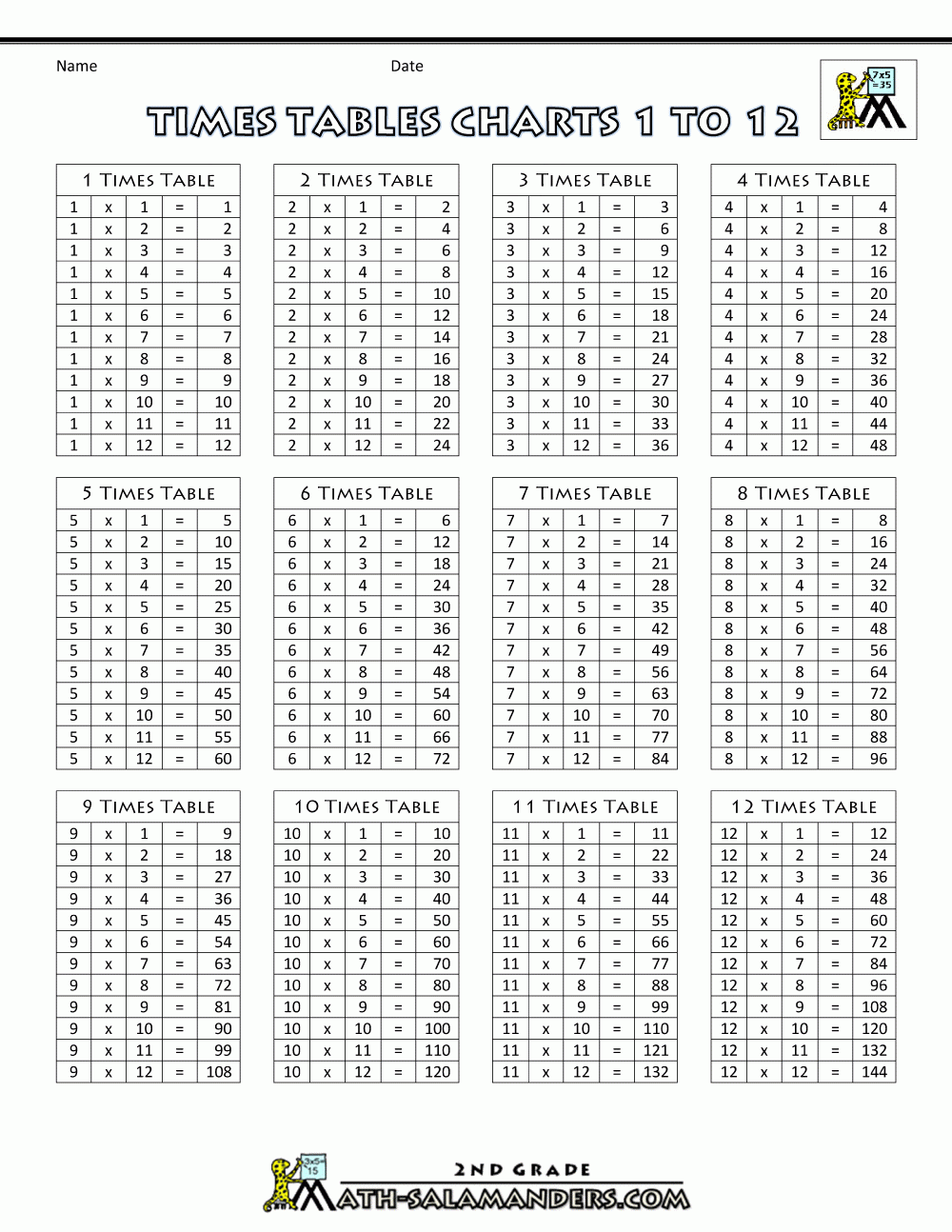
- First, get informed about the table.
- Begin with multiplying by a single. Commence at row number one. Proceed to column number one. The intersection of row 1 and line the initial one is the solution: one particular.
- Recurring these techniques for multiplying by a single. Multiply row one particular by posts one through twelve. The answers are 1, 2, 3, 4, 5, 6, 7, 8, 9, 10, 11, and 12 respectively.
- Perform repeatedly these methods for multiplying by two. Grow row two by columns a single by means of 5. The responses are 2, 4, 6, 8, and 10 correspondingly.
- Let us leap ahead of time. Perform repeatedly these steps for multiplying by several. Grow row 5 various by posts one by means of a dozen. The replies are 5, 10, 15, 20, 25, 30, 35, 40, 45, 50, 55, and 60 respectively.
- Now allow us to raise the level of problems. Repeat these methods for multiplying by 3. Grow row about three by posts one particular via 12. The answers are 3, 6, 9, 12, 15, 18, 21, 24, 27, 30, 33, and 36 respectively.
- Should you be confident with multiplication to date, use a analyze. Fix the subsequent multiplication problems in your head and after that examine your answers towards the Multiplication Table: increase six and 2, grow nine and a few, grow 1 and eleven, multiply 4 and a number of, and flourish seven as well as 2. The issue solutions are 12, 27, 11, 16, and 14 respectively.
Should you received a number of out from 5 issues proper, make your very own multiplication checks. Compute the responses in your mind, and view them using the Multiplication Table.